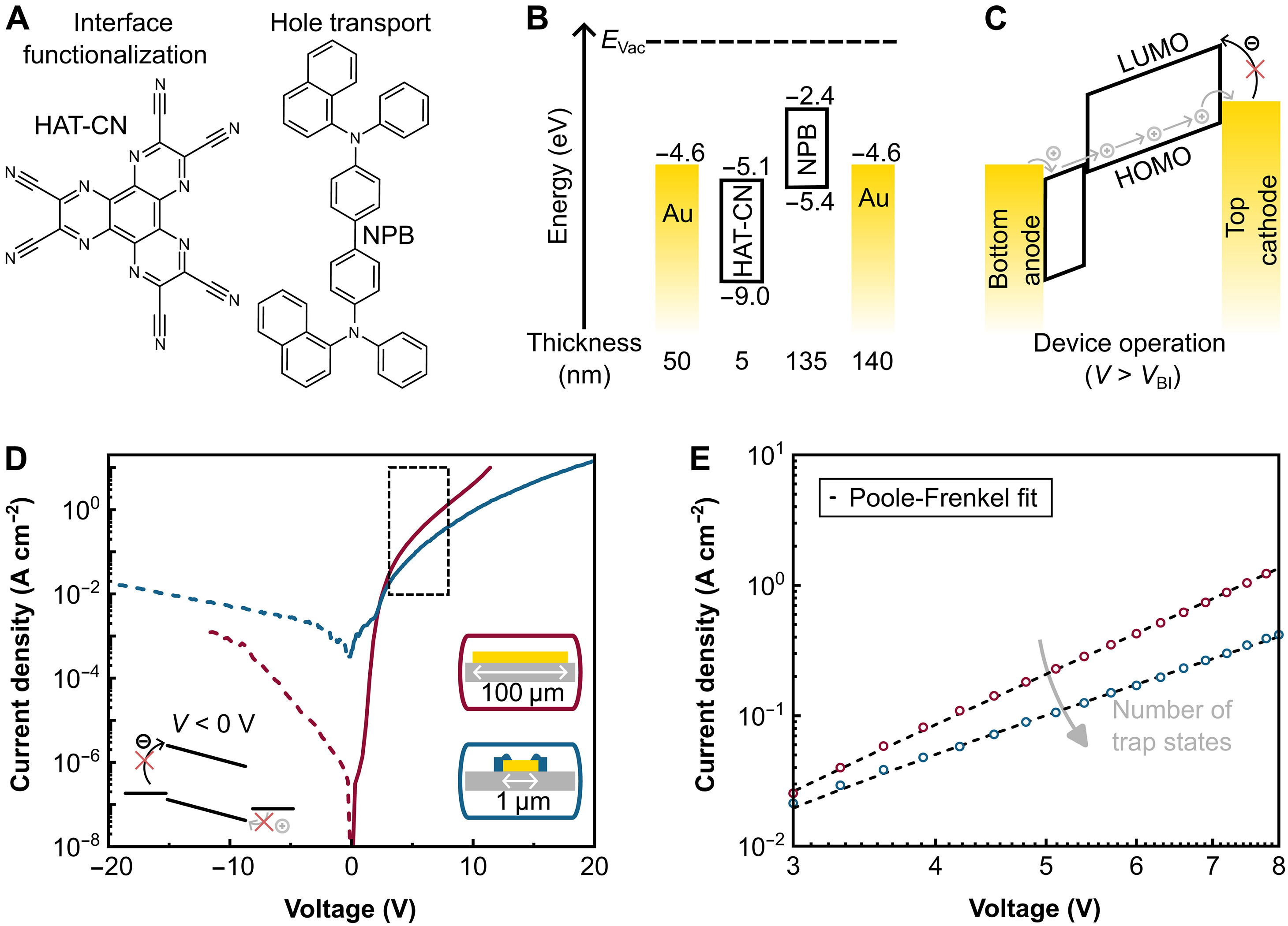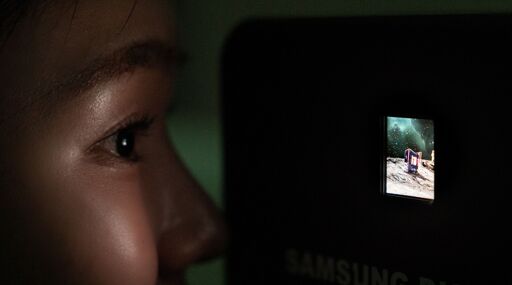Scientists in Germany claim to have come up with the smallest light-emitting pixels yet devised by humankind (via SciTechDaily). Physicists at Julius-Maximilians-Universität Würzburg have developed a new OLED panel technology with pixels measuring just 300 nm across.
That’s a full order of magnitude smaller than the most diminutive existing light-emitting pixels, but the researchers claim their teensy pixels put out just as much light. Moreover, if you do the math, you’ll discover that this new technology enables a 1080p display measuring less than one millimetre across.
As a reference point, Samsung announced a new OLED panel for VR headsets with a 5,000 pixels-per-inch resolution earlier this year (pictured above). This new technology promises around 50,000 pixels per inch. Yikes.
Of course, even considering that new research shows the human eye can see smaller pixels than was previously thought possible, the pixel density implied by a 1 mm 1080p panel is intergalactic overkill for a conventional PC monitor or laptop display.
Instead, this technology is promising for other display types, including VR and AR headset and glasses, projectors and more. If anything, the AR angle is the most exciting as this display tech would allow for a 4K panel just 2mm across, something that could easily be integrated into the arms of a pair of glasses and then projected into the eye. Imagine that, dual 4K displays built into conventional looking glasses.
Apparently, up until now there have been limitations shrinking OLED pixels any further due to the quantum effects of electrical current at these tiny scales causing filaments to form in the optical material, eventually leading to short circuits and pixel failure.

Give it up for the semilogarithmic current density-voltage characteristics of representative macrojunction and nanojunction diodes. Apparently. (Image credit: Julius-Maximilians-Universität Würzburg)
The Würzburg team say they have come up with a new insulation layer which narrows the transmission of electrical current and enables reliable, long-term operation.
Or as the researchers put it in their paper, published on Science.org, “we use an insulating layer covering the electrode but featuring a nanoaperture in its center to suppress hole injection from nanoelectrode edges by insulating its peripheral corners and edges”.
“This effectively mitigates detrimental effects caused by electric field hotspots in these regions and results in stable device operation with balanced charge carrier transport and recombination dynamics.” Well, obviously.
Our understanding is that this technology is very much in the early stages, has issues with energy efficiency and does not not as yet support full-colour RGB implementations. So, it’s not about to make ultra-high res AR glasses a thing next week.
But the researchers are apparently working to iron out those kinks and if in a decade or so we’re all wearing dual-UHD AR glasses, this is perhaps where it all started. Check back in 10 years, peeps.
From PCGamer latest via this RSS feed


